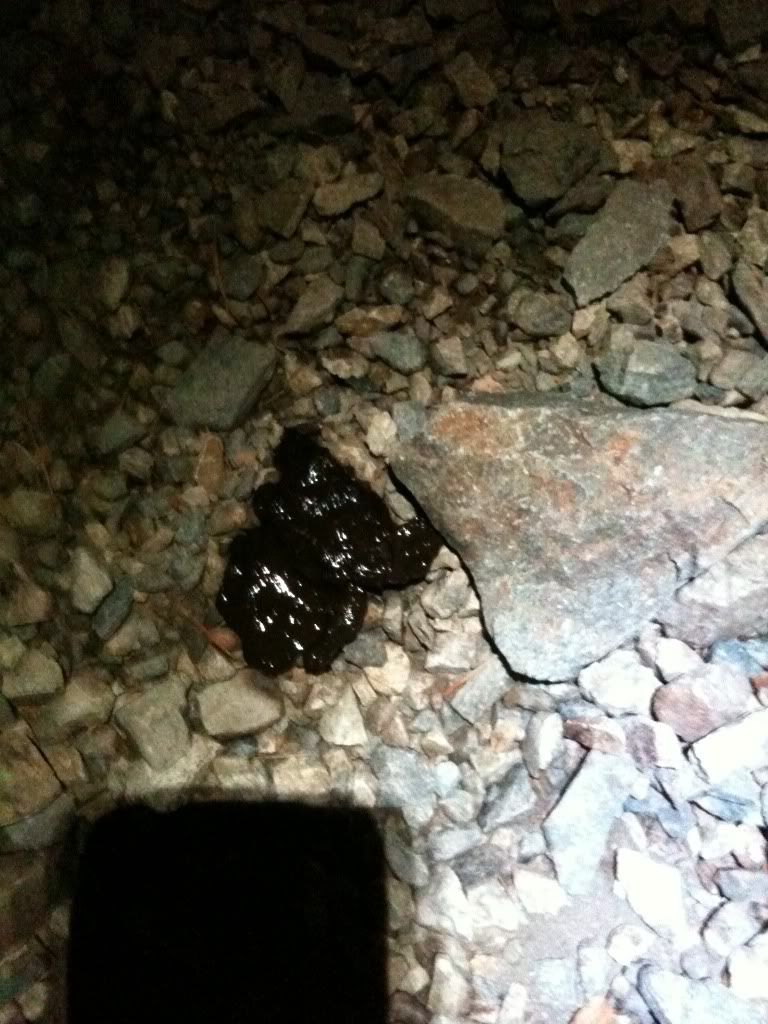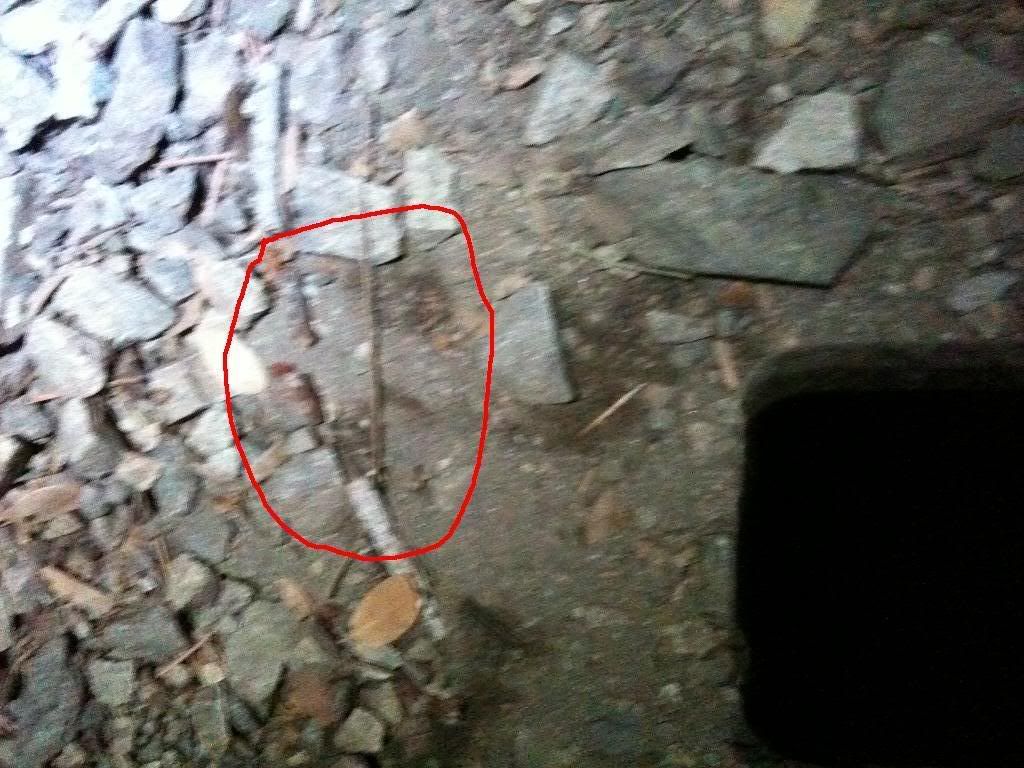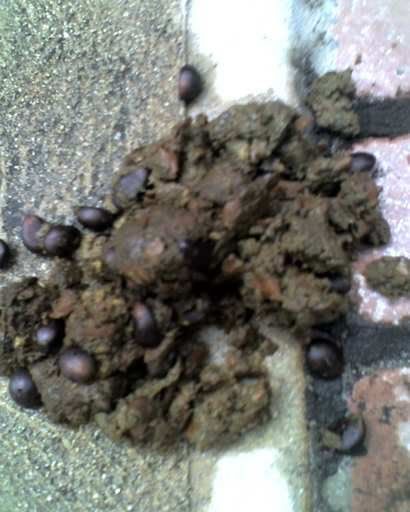All Scat, All the Time
Posted: Thu Feb 26, 2009 8:58 pm
Scat in your face
http://www.msnbc.msn.com/id/29409988/
http://www.msnbc.msn.com/id/29409988/
OK.Wolves (and dogs) are in-your-face poopers
Scat locations maximize visual impact and odor distribution, study reveals
AP file
Research conducted here found that wolves are very strategic about where they deposit their scat. They select plants that maximize the visual impact and odor distribution of their feces.
Wolves do not do their business in any old place, but they instead choose locations that maximize visual impact and odor distribution, according to a new study that may also help to explain why dogs frequently relieve themselves on fire hydrants and other prominent urban landscape features.
The study is the first to examine the physical characteristics of substrates that wild wolves choose for what is called "fecal marking," when an individual's feces can provide information to others about territory control, identity, mating status, foraging efficiency and more.
While feces odor dispersal via wind appears to be a factor, author Isabel Barja told Discovery News, "The results of the study indicate that in wolves, visual aspects govern the choice of plants for fecal marking."
Barja, an Autonomous University of Madrid zoologist, inspected wolf scat in a mountainous region of Spain's northwest Iberian Peninsula. The area is occupied by at least two Iberian wolf packs containing nine to 10 individuals and multiple lone wolves.
During the study, 101 wolf scats were identified on plants, with 74.8 percent of them placed on conspicuous substrates, indicating they served a marking function. Computer analysis of these choices revealed that plant selection by wolves was not random, with the wily animals consistently defecating on plants of a certain diameter, height and species.
Barja said that, "the wolves select positively only poplar-leaved rock rose, Spanish white broom and maritime pine for fecal marking." These are plants that can match wolf heights and also that "stood out against the homogeneous background of more common plants."
She never observed foliage that was killed or even damaged by such marking, but sometimes up to three wolves would defecate on a single, "popular" plant.
The findings are outlined in a paper published in this month's Animal Behavior.
Where the plants grew was also important. Human-constructed roads wind through the areas where the wolves roam. Taking advantage of these, wolves would defecate on certain plants at crossroads.
"Since crossroads are multi-directional, scats placed at them have a higher probability of being detected," Barja explained. "Wolves can reach these points from different directions and are therefore more likely to encounter them."
The same logic may explain why dogs often do their business at particular places when on walks with their owners.
"In an urban setting, a fire hydrant can be a prominent landmark," Lisa Peterson, director of communications for the American Kennel Club, told Discovery News. "If a dog relieves itself there, other dogs could smell its presence 30 yards away."
She also said that canines appear to emphasize height when marking with urine, with dogs "trying to pee as high as they can on fences and other objects in their environment."
Like a person pumping up their chest and muscles to look big and impressive, highly placed urine could suggest the individual may not be one to reckon with.
Peterson added, "That's probably why when little dogs urinate, they often lift their back leg up as high as possible — sometimes looking as though they're nearly falling over -- because they're trying to pee as high as they possibly can."
While fences, fire hydrants and other urban landmarks are usually in no danger of disappearing anytime soon, Barja worries that clear cutting of vegetation in the wild could disrupt wolf fecal marking.
"It is important to maintain the vegetation of the human constructed roads in the territories of the wolves," she advised.






